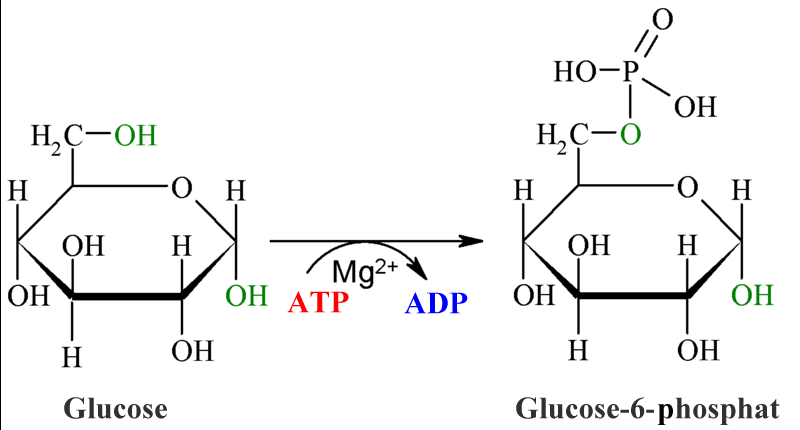
- A. The process of increasing image brightness
- B. The reduction in intensity of an imaging signal as it passes through matter ✓
- C. The enhancement of image resolution
- D. The technique used to focus ultrasound beams
In the context of diagnostic imaging, the term “attenuation” specifically refers to the reduction in intensity of an imaging signal as it passes through matter. This phenomenon is critical for various imaging modalities, including X-ray, ultrasound, and MRI.
Step-by-Step Explanation:
- Definition of Attenuation: Attenuation describes how much a signal decreases in strength as it travels through different types of tissues or materials. In medical imaging, this is particularly important because different tissues absorb and scatter imaging signals differently.
- Mechanism of Attenuation: When an imaging signal (like X-rays or ultrasound waves) encounters a medium (such as human tissue), some of the energy from that signal is absorbed by the medium while some may be scattered. The degree to which this occurs depends on several factors:
- The type of tissue (e.g., bone, fat, muscle).
- The frequency of the imaging signal.
- The angle at which the signal interacts with the tissue.
- Impact on Imaging Quality: Attenuation affects image quality significantly. For instance:
- In X-ray imaging, denser tissues like bone will attenuate more X-rays compared to softer tissues like fat or muscle. This difference helps create contrast in the resulting images.
- In ultrasound, attenuation can lead to reduced echo strength from deeper structures, which may require adjustments in gain settings to enhance visibility.
- Clinical Relevance: Understanding attenuation is crucial for radiologists and technicians as they interpret images and make clinical decisions based on them. It also informs how equipment is calibrated and how protocols are developed for different types of examinations.
- Conclusion: Given these points, we can conclude that attenuation is fundamentally about how signals lose intensity as they pass through various materials within the body during diagnostic procedures.
Thus, based on this detailed analysis:
The correct answer is B. The reduction in intensity of an imaging signal as it passes through matter.







